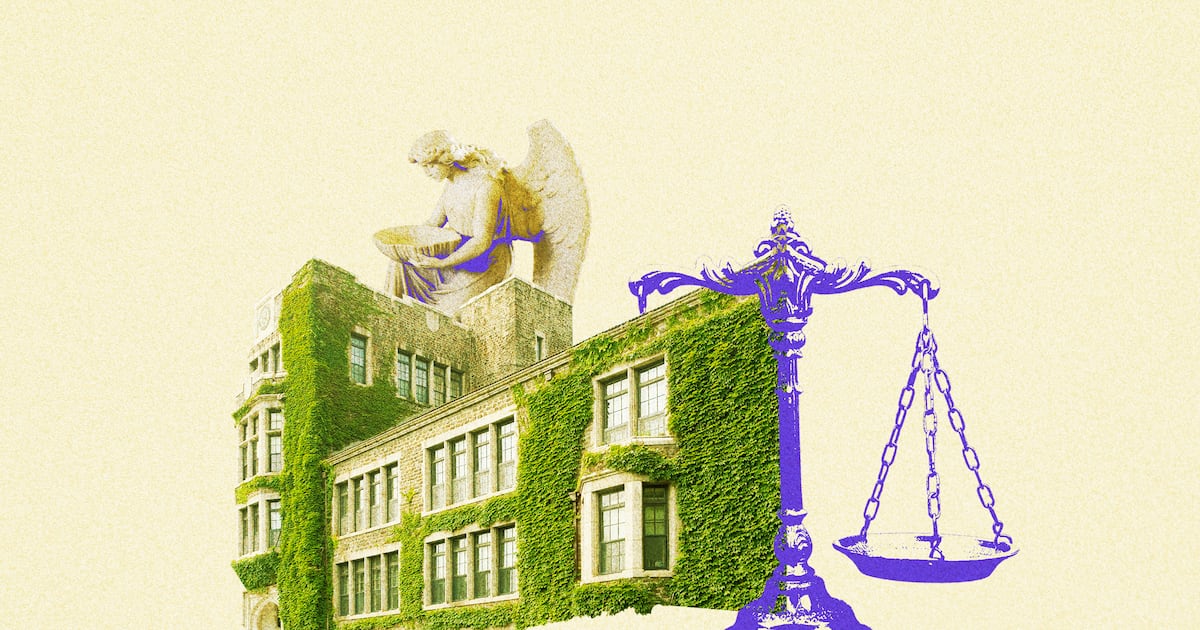Breaking Barriers: The Crumbling Divide Between Church and State in Education

Supreme Court Weighs Landmark Decision on Religious Charter Schools
The U.S. Supreme Court is poised to make a potentially groundbreaking ruling that could dramatically reshape the landscape of public education and religious freedom in America. At the heart of this pivotal case is a fundamental question: Can religious schools receive public funding through charter school programs?
The case centers on a challenge from Maine, where the state has traditionally prohibited religious schools from participating in a tuition assistance program designed to help students in rural areas without local public schools. This policy has sparked intense debate about discrimination and educational equity.
Conservative justices appear sympathetic to the argument that excluding religious schools from public funding programs constitutes unconstitutional religious discrimination. They suggest that if a state provides educational funding to secular private schools, it cannot simultaneously bar religious institutions from the same opportunity.
Proponents of the lawsuit argue that preventing religious schools from accessing public funds violates the First Amendment's protection of religious freedom. They contend that such exclusionary policies unfairly penalize families who choose faith-based educational options.
The potential ruling could have far-reaching implications, potentially compelling states to include religious schools in educational funding programs and challenging long-standing interpretations of the separation of church and state.
As the Supreme Court deliberates, educators, legal experts, and religious communities are watching closely, understanding that this decision could fundamentally transform the relationship between public funding and religious education in the United States.
